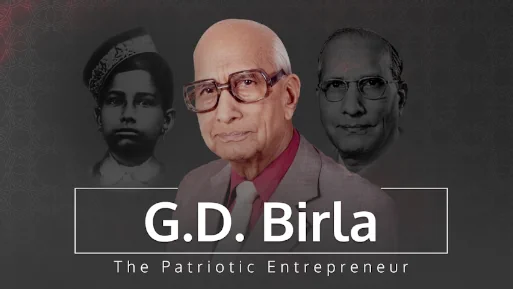Economy is key to this roadmap
14 June, 2014 | The Hindu
Share Kumar Mangalam Birla
The Hindu
14 June 2014
The economy suddenly seems injected with a huge dose of optimism, thanks to an unprecedented electoral verdict. Prime Minister Narendra Modi heads a government which enjoys an absolute majority, an outcome not witnessed for decades. But he now faces a twin challenge. Firstly, the burden of expectations is huge, and secondly, the macroeconomic conditions are quite adverse. I am sure he will be able to overcome both these challenges, since he has the political capital, his long experience as Chief Minister and a committed team determined to succeed. His maiden speech in Parliament also provided a glimpse of some contours of a grand plan for social and economic development.
An ambitious economic vision
The Union Budget to be presented in July offers an opportunity to articulate an ambitious economic vision of this government. The roadmap to that vision could span several years, but all the steps must be spelt out in its detail meticulously.
Reduce inflation
The immediate and first priority is to sharply reduce inflation, and inflationary expectations. Even though the country has had a record production of food grains and horticulture, the specter of El Nino looms large. Hence three specific actions are worth considering. Firstly, sell excess stock from the Food Corporation of India’s buffer stock. Secondly, reduce import duties on food and other agricultural items. And thirdly, resist increasing the Minimum Support Price, a decision often dictated by politics rather than economics. The government may also consider capping the hikes in administered prices like railway freight, entry taxes and tolls, all of which contribute to food and general inflation. The reform of the APMC framework is long overdue.
Fiscal consolidation
The second priority is fiscal consolidation. More than a third of the government’s revenues go toward interest payments alone. The large deficit and borrowing puts upward pressure on interest rates, and on inflation as well. Hence reducing the deficit should be a priority through a combination of revenue and expenditure measures. The former requires the nationwide rollout of Goods and Services Tax (GST), which will add 1% to the GDP growth rate, and also increase tax collection. The large fuel and fertilizer subsidies need to be trimmed, and an a;lternative method used to directly target and compensate the needy end-users. We must return to the virtuous cycle of low inflation and interest rates, resulting in higher savings and investment, leading to higher growth.
Urgently revive growth of manufacturing sector
The third priority is to urgently revive growth of the manufacturing sector, so that it rejuvenates investment, job creation and skill-building. This calls for action on several fronts, such as making the approval and clearance processes more efficient, restoring the electricity sector, fast-tracking the stalled infrastructure projects and easing hurdles in land acquisition and environment clearances. We need to gain the status of a global manufacturing hub, an opportunity that is there for the taking. China’s labour force will soon plateau, and this opens a window for India. But this will require large scale skill building through training, vocational schools and apprenticeships.
Growth in agriculture
The fourth priority is to enhance productivity and growth in agriculture. Farm yields are stagnant and below world average in many crops. Increasing these will require significant inputs of science and technology, better water management, crop diversification, rationalizing fertilizer subsidies and reducing supply chain inefficiencies between farm and fork. The Prime Minister has already alluded to a Green Revolution 2.0 in his speech.
In sum
Apart from these immediate and obvious priorities, the task of providing good clean governance to a large and diverse country is immense. An Ek Bharat, Shrestha Bharat, calls for a variety of competing needs, priorities and strategies. But it is clear that the overall development narrative in the coming years has to be centered around job creation, price stability, sustainable livelihoods, fiscal prudence and manufacturing resurgence. This is surely the way forward. The PM has the mandate to deliver.
Kumar Mangalam Birla is Chairman, Aditya Birla Group






